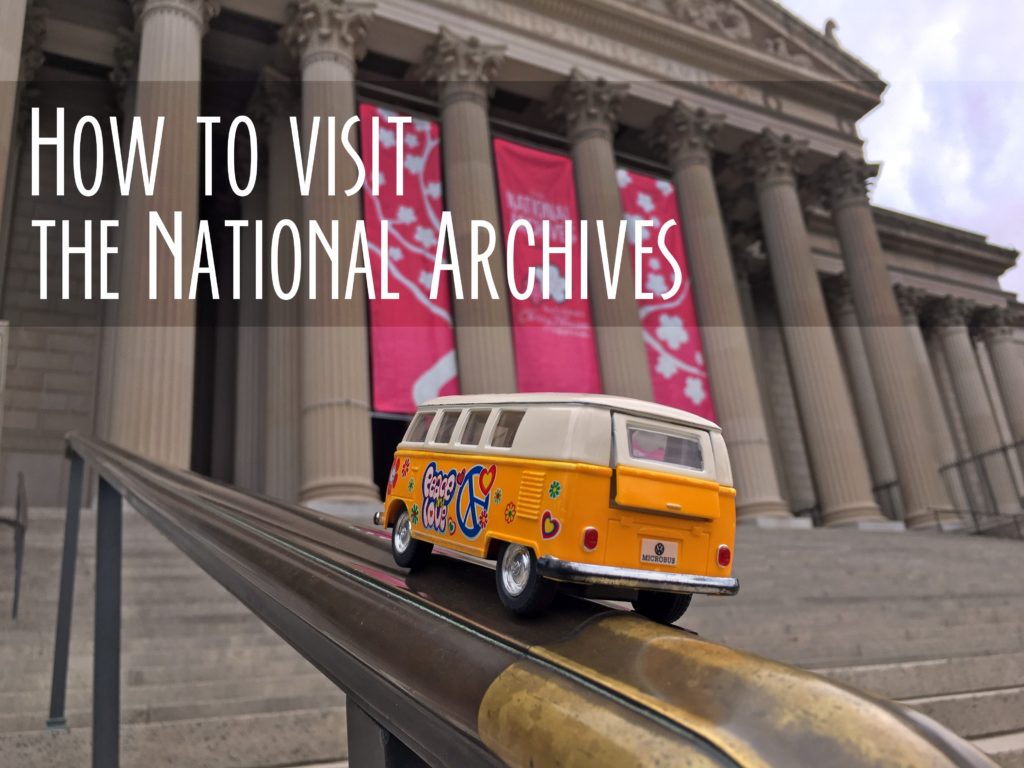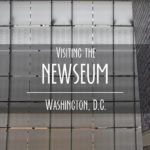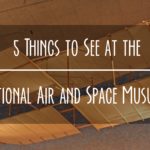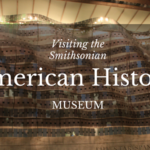Perhaps the most famous single piece of paper in history is the Declaration of Independence which severed America’s ties with England. This gutsy piece of velum was created in Philadelphia but now it resides in the National Archives along with other key historical documents.
Pretty much everyone who comes to Washington D.C. wants to see the Declaration and the Constitution which makes getting into the National Archives a bit of a hassle sometimes.
Before You Go to the National Archives
The key to making your trip to the National Archives faster and easier is to get timed entry ahead of your trip. You can reserve them from the National Parks here. While this method does cost you $1.50 per ticket it will save you literally hours of time, so we strongly recommend that you do it. This is the case with many of the historical sites run by the National Parks and is a great service to travelers.
How to Get to the National Archives
Getting to the National Archives is fairly simple. If you are already visiting the National Mall you can walk to the north side and will find it just Northeast of the Natural History Museum (across Constitution Ave).
If you are coming straight to the National Archives take the metro to the Archives-Navy stop (Green and Yellow lines). Then cross Southwest over Pennsylvania Avenue. This will put you on the back side of the National Archives. Unfortunately there is no public back entrance so you will need to walk around to the front.
The public entrance is on the West side of the front of the National Archives building. You will probably see one very long line running down the sidewalk of Constitution Avenue. These are the people who did not get timed tickets in advance. You want to enter the line to the right of them about 15 minutes before your ticketed time. (If you did not get timed entry tickets in advance, get in the long line going down the sidewalk).
When the time on your ticket arrives they will let you (and everyone else with that time) into the building where you will pass through a security screening.
What You Will See at the National Archives
Note: Because of the delicate nature of paper artifacts photography is strictly prohibited. For this reason this post is short on pictures.
Once you are in the National Archives immediately follow the signs to the Charters of Freedom in the rotunda. Here you will find another line which you will wait in to see the Declaration of Independence, the Constitution, and the Bill of Rights. This line varies in size depending on the season and day that you come, but plan on spending 30 minutes to an hour standing in it.
Eventually a security guard will let you in to the rotunda. At this point all lines are suppose to disperse and you can view the documents as you wish. In reality you pretty much end up following another line around to the documents.
Seeing the Charters of Freedom is definitely something you should do while you are in Washington D.C. It is awesome to see these documents that were so revolutionary and key to our country’s founding (even if you aren’t from the U.S. they are still key to history).
Once you have seen the documents follow the large banner showing every proposed Constitutional amendment out of the rotunda and back into the main museum.
There are a number of other exhibits in the National Archives. One displays other treasures of the archives. My favorite exhibit here was on the amendment process. It went into detail on the all the amendments to the Constitution and some of the many that have been proposed but not passed. There is also a learning center for children.
Sum Up
The National Archives is a D.C. must see. You just can’t visit the National Capitol and not see the Charters of Freedom. But you can make it easier by getting tickets ahead of time. There is a lot to see in D.C. so only stand in line as much as you have to.
The National Archives is open from 9-5 Monday-Saturday. There is also a gift shop made famous by the National Treasure movie.




